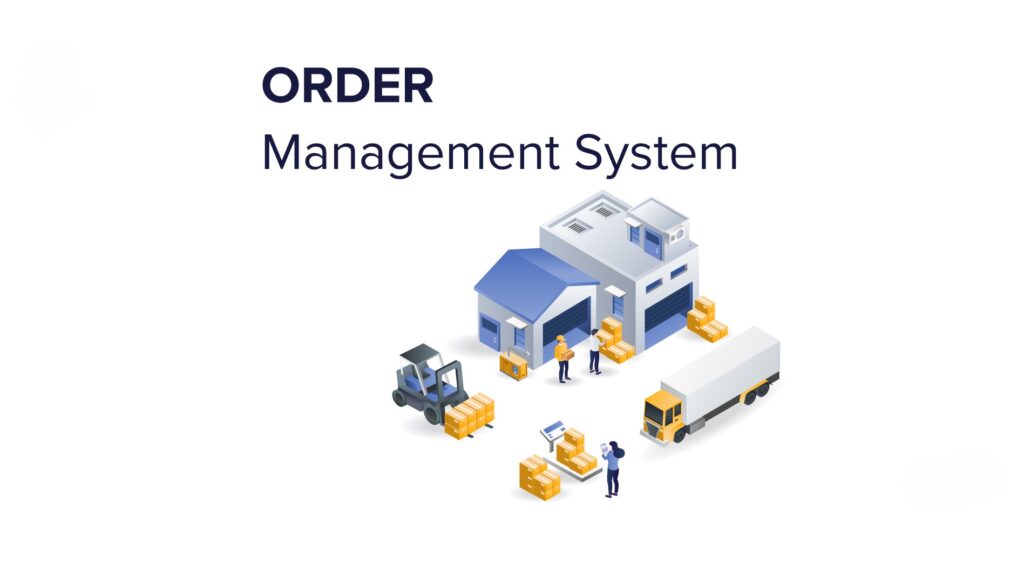Retail today has evolved into a complex ecosystem of marketplaces, physical stores, and direct-to-consumer (D2C) platforms. Each channel has its own rhythm, processes, and customer expectations. However, these fragmented channels often create operational bottlenecks, delayed deliveries, and inconsistent experiences.
An Order Management System (OMS) acts as a central hub that connects all these channels. By consolidating orders, inventory, and fulfillment processes, OMS transforms a scattered operation into a cohesive omnichannel engine. This unification allows retailers to deliver consistent experiences, whether a customer shops online, in-store, or through a marketplace.
Dynamic Order Routing: Optimizing Every Fulfillment
A standout feature of OMS is dynamic order routing. Instead of following rigid fulfillment paths, OMS intelligently decides how and where orders should be fulfilled. It considers factors such as proximity to warehouses, inventory availability, and shipping preferences.
This dynamic approach reduces delivery times and ensures that customers receive their orders faster. Retailers can also leverage physical stores as mini-fulfillment centers, enabling strategies like ship-from-store. Consequently, stores become more than just points of sale—they transform into operational assets that support both online and offline demand.
Real-Time Inventory Visibility: Bridging the Gap
Inventory visibility has become a critical differentiator in omnichannel retail. Without a clear picture of stock across all channels, retailers risk overselling, stockouts, and dissatisfied customers.
OMS provides real-time inventory updates, offering a single source of truth for the entire operation. Retailers can track stock availability across warehouses, stores, and online platforms seamlessly. With this visibility, they can make informed decisions on replenishment, order prioritization, and resource allocation, ensuring smoother operations and a better shopping experience for customers.
Predictive Fulfillment: Anticipating Demand
Beyond reacting to orders, OMS enables retailers to anticipate customer needs through predictive fulfillment. By analyzing patterns in sales, seasonality, and consumer behavior, OMS helps businesses prepare for demand fluctuations before they occur.
This foresight allows retailers to pre-position inventory closer to high-demand areas, reduce delays, and enhance service levels. It also supports modern fulfillment models such as click-and-collect, curbside pickup, and same-day delivery, which are increasingly expected by consumers.
Enhancing Customer Experience and Operational Efficiency
OMS does more than streamline operations; it elevates the overall customer experience. By ensuring that orders are processed efficiently, deliveries are timely, and inventory is accurate, retailers can maintain trust and loyalty.
At the same time, OMS reduces operational complexity for staff. Automation of routine tasks, centralized dashboards, and intelligent routing free teams to focus on strategy, customer engagement, and growth initiatives. The result is a more agile, responsive, and scalable retail operation.
The Strategic Role of OMS in Modern Retail
In today’s competitive retail environment, an OMS is no longer a luxury, it is a strategic necessity. Retailers that adopt robust order management systems gain a significant edge by connecting every part of their business into a single, seamless operation.
By bridging physical and digital channels, enabling predictive insights, and optimizing fulfillment, OMS transforms how businesses operate. Ultimately, it empowers retailers to deliver on the promise of omnichannel excellence: consistent, convenient, and connected experiences for every customer, everywhere they shop.

